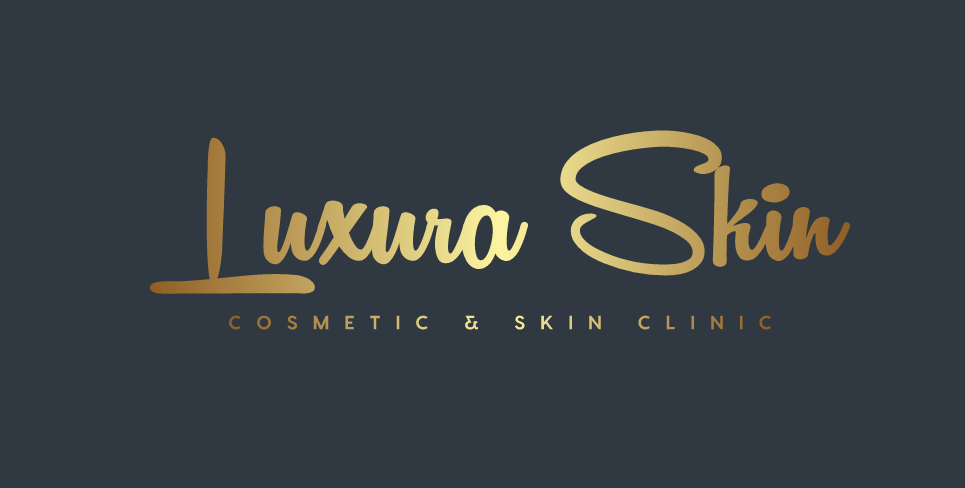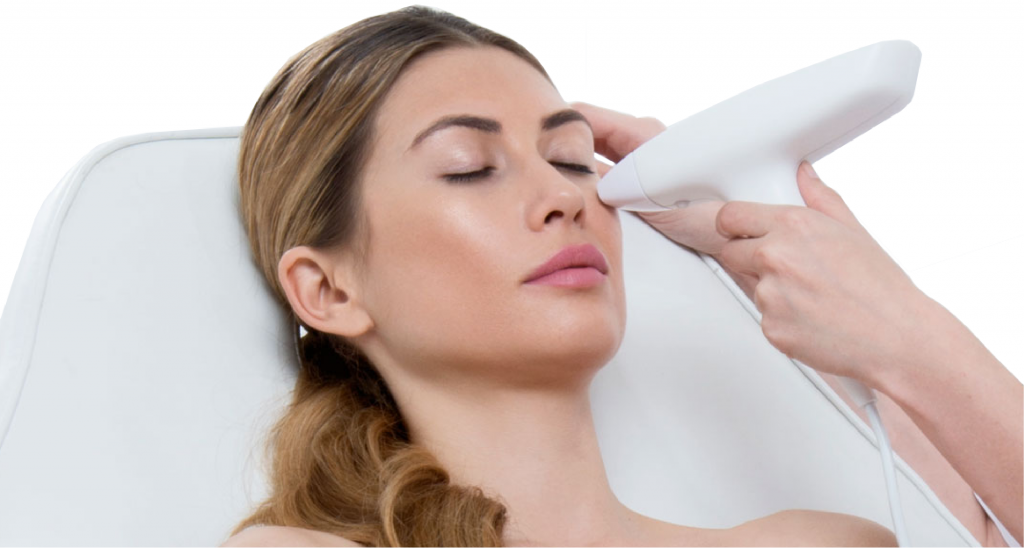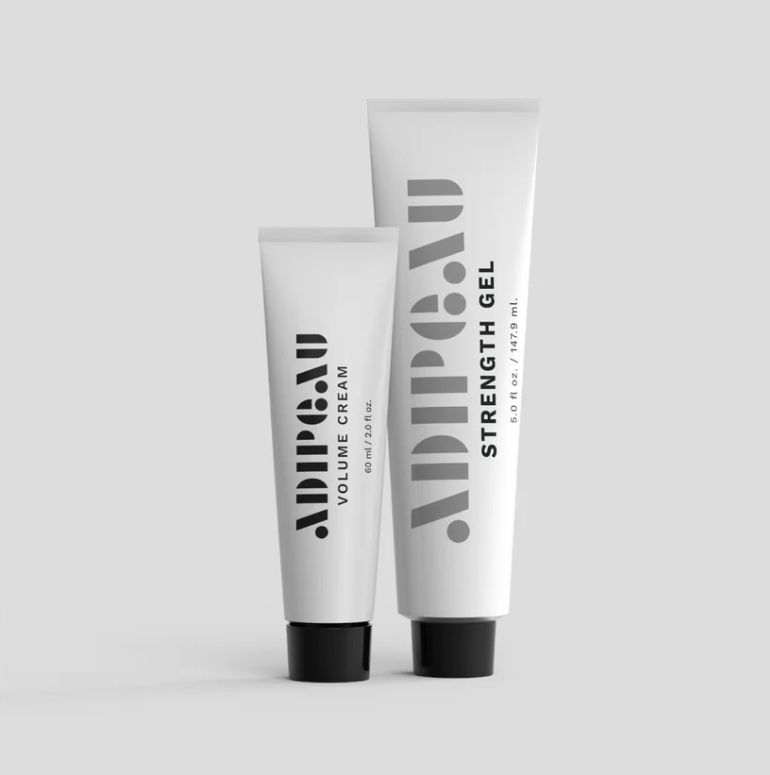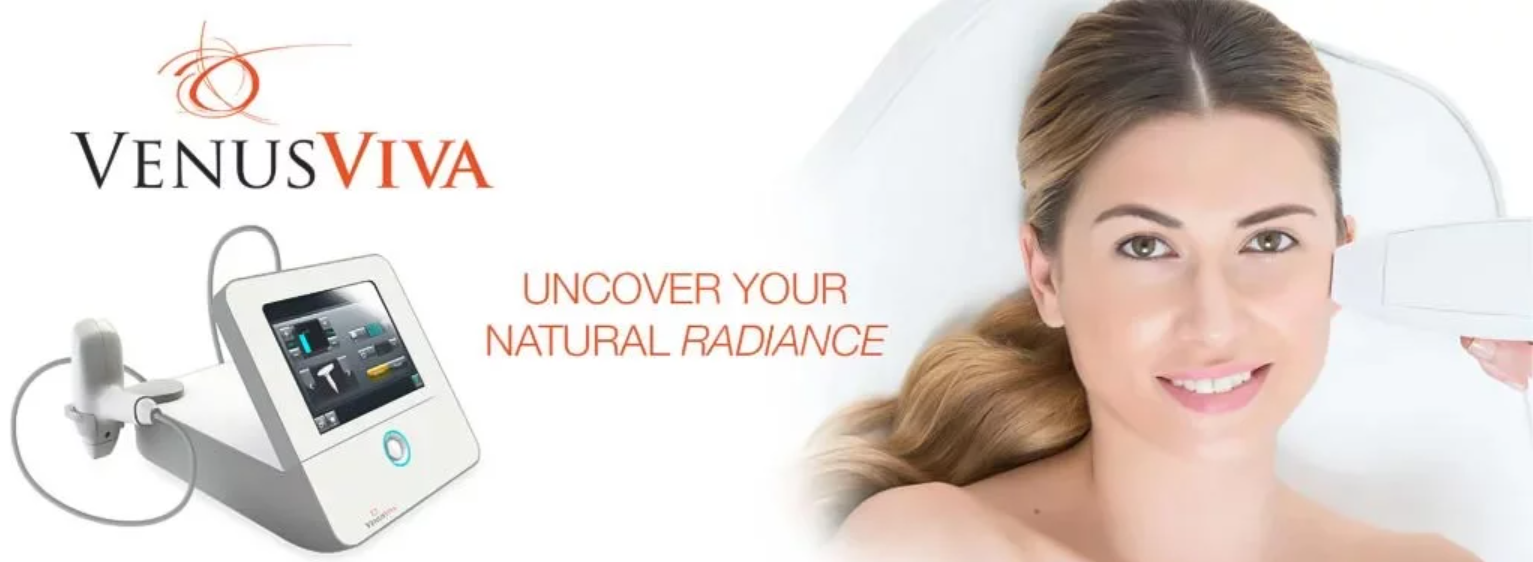What are Neuromodulators & how do they work?
“Everything you need to know before your next wrinkle-relaxing treatment”
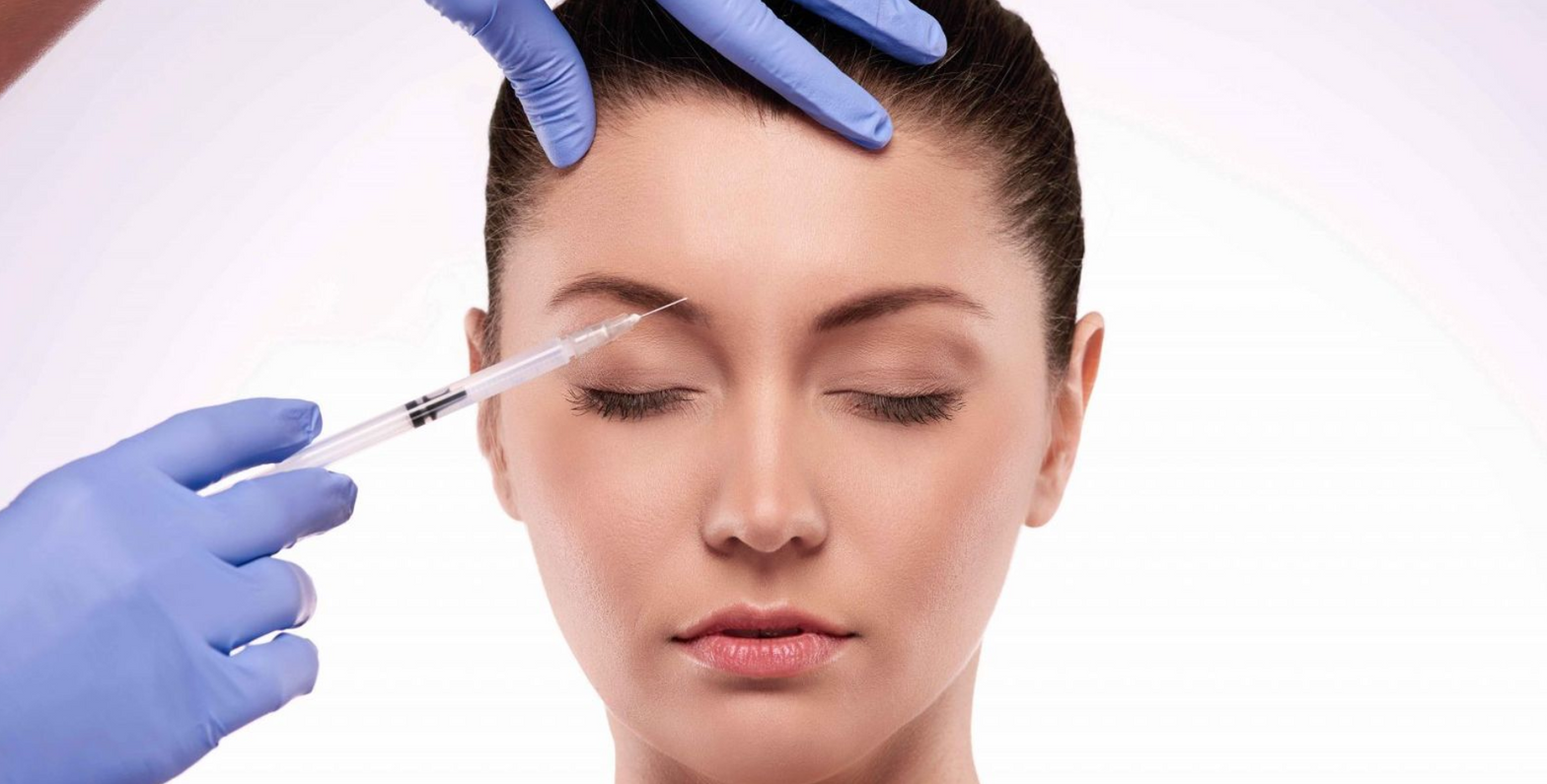
What Are Neuromodulators?
If you’ve heard people talk about “wrinkle relaxers,” they’re referring to neuromodulators — prescription-only injectables that help soften the look of facial lines caused by repeated muscle movement.
Neuromodulators are made from a purified protein, botulinum toxin type A, that temporarily relaxes specific facial muscles, giving the skin a smoother and more refreshed appearance. They are classified as Schedule 4 (S4) medications in Australia, which means they can only be prescribed and administered by qualified health professionals after a medical consultation.
How Do They Work?
When you frown, smile or squint, your facial muscles contract and create expression lines. Neuromodulators work by
blocking the nerve signals that tell those muscles to move.
The result? The muscle relaxes slightly, which helps reduce the appearance of lines when you make expressions.
You’ll usually start to notice results within a few days, with full effects around two weeks. The treatment gradually wears off after about three to four months, depending on the individual and the product used.
The Benefits
When performed by experienced practitioners, neuromodulators can:
- Soften lines on the forehead, around the eyes and between the brows
- Help prevent deeper wrinkles from forming over time
- Give a refreshed, relaxed appearance without surgery
- Require little to no downtime — most people return to normal activities straight away
The Risks
Like all medical treatments, neuromodulators carry some risks and side effects. These may include:
- Mild redness, swelling or bruising at injection sites
- Headache or a feeling of tightness in the treated area
- Temporary eyelid or brow droop (if the product spreads to nearby muscles)
- Uneven results or asymmetry
Serious side effects are rare when performed by qualified professionals, but you should always be assessed for suitability and receive a full consultation before treatment.
Who Should Avoid Treatment
Neuromodulators may not be suitable if you:
- Are pregnant or breastfeeding
- Have certain muscle or nerve conditions (e.g. myasthenia gravis)
- Have an active skin infection in the treatment area
- Have allergies to any ingredients in the product
Your practitioner will go through your medical history to ensure the treatment is appropriate for you.
Aftercare Tips
After your treatment:
- Avoid rubbing or massaging the area for 24 hours
- Stay upright for a few hours after treatment
- Avoid heavy exercise, saunas or alcohol for the rest of the day
- Any redness or swelling usually settles within hours
Your practitioner may schedule a review in two weeks to check your results.
How Many Brands Are There?
Australia now has
seven different neuromodulator brands available, including well-known options such as Botox®, Dysport®, Xeomin®, Nuceiva®, Letybo®, and Relfydess®.
All contain a similar active ingredient (botulinum toxin type A), but they vary slightly in how they spread, how quickly they take effect, and how long they last.
The best brand for you will depend on your treatment goals, muscle strength, and your practitioner’s experience with each product.
Key Takeaway
Neuromodulators are a safe and effective option for softening expression lines when performed by qualified professionals. They are prescription-only treatments, so you’ll need a consultation with an authorised prescriber first.
Always ensure your practitioner is AHPRA-registered, uses approved products, and provides clear information about the procedure, risks, costs and aftercare.
Disclaimer:
This information is for general educational purposes only and is not a substitute for professional medical advice. Individual suitability can only be determined after a medical assessment by a qualified practitioner.
